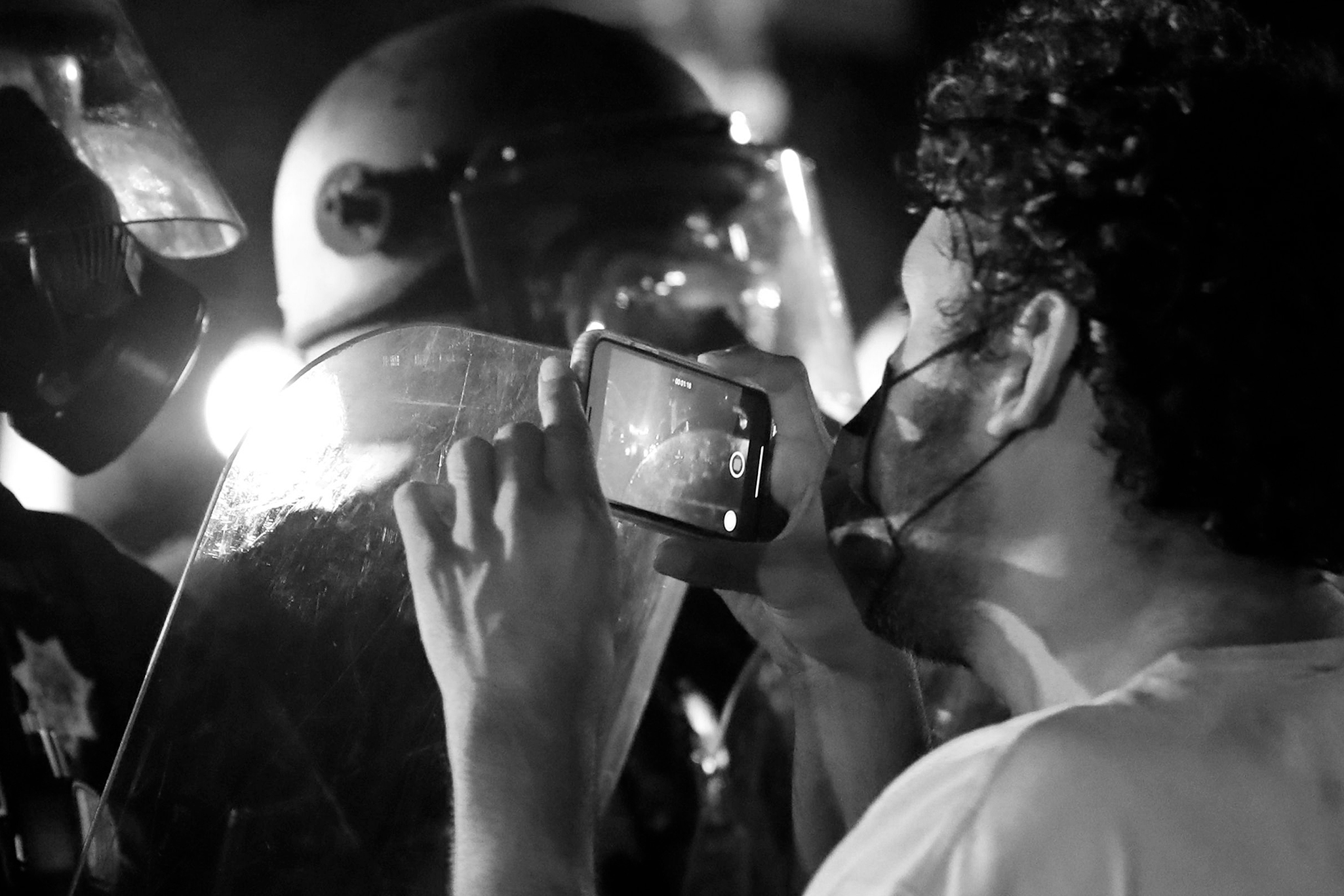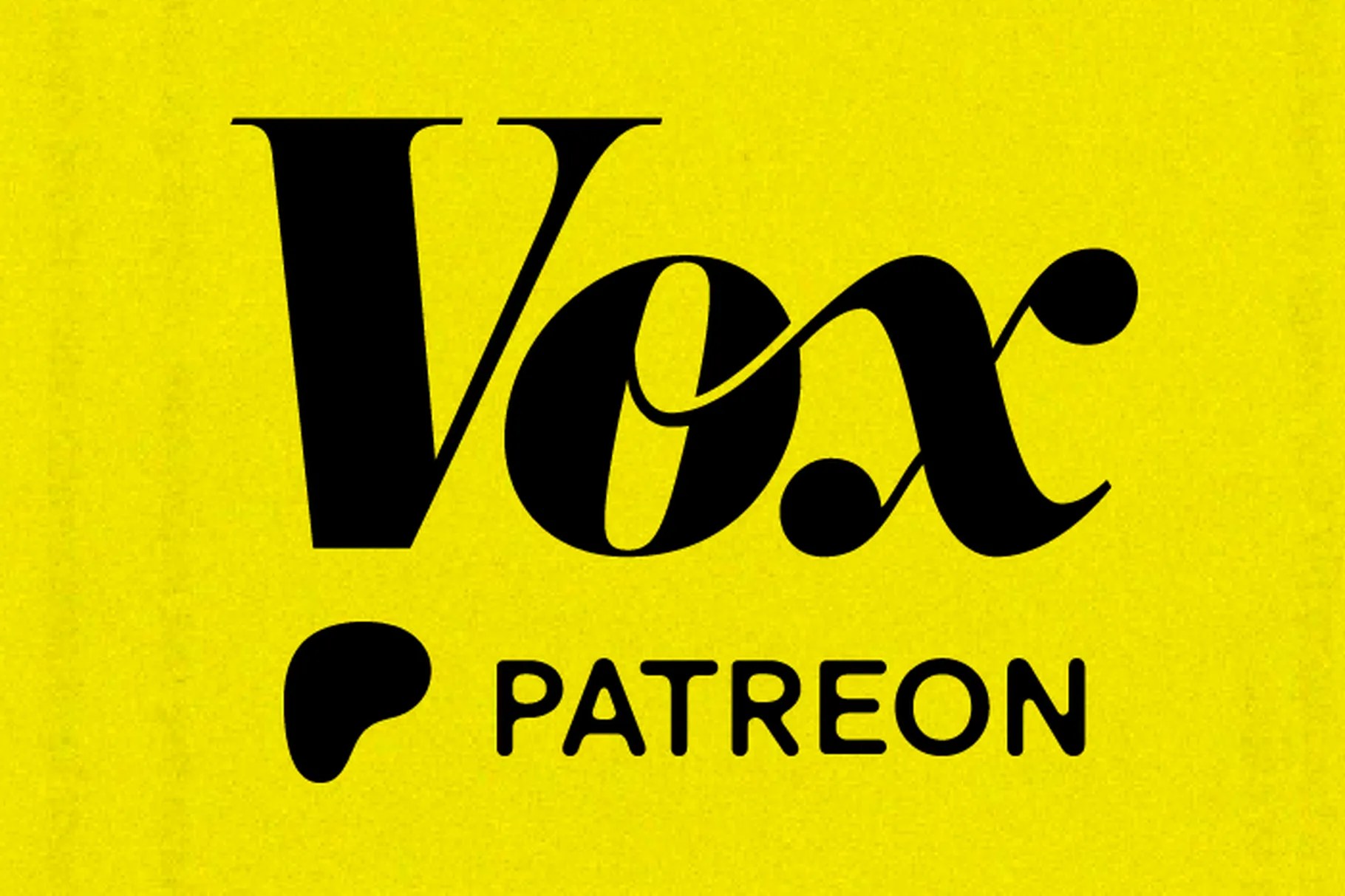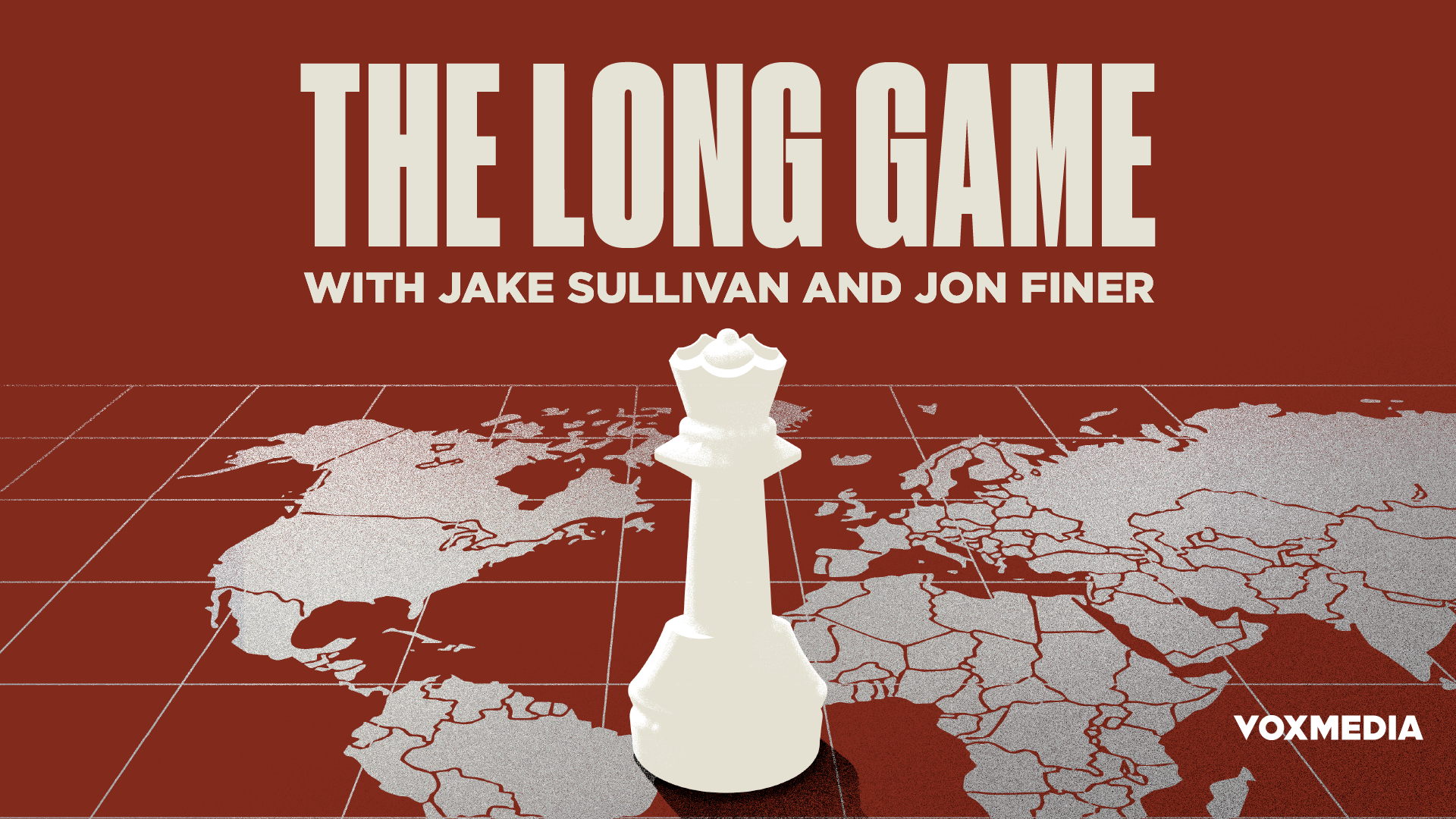MONDAY, AUGUST 31 – As part of its ongoing coverage around racial injustice and police brutality, today The Verge published “Capturing the Police,” a multi-media project that explores the documentation of police violence – what happens when you film the police; both the activism and trauma that result from videos of police brutality; and what police body cameras don’t show.
The project builds on The Verge’s ASME-nominated and Pulitzer finalist feature “Fearing for his life” (2019), in which Chloé Cooper-Jones profiled Ramsey Orta, who filmed the killing of Eric Garner.
Please note: The material presented here includes scenes of graphic violence and explicit language.
The multi-media series includes:
- The Peace Reporters: A collection of 11 videos of police brutality, accompanied by interviews with the people who took them.
- Recording police brutality: how one snap decision changed this town: We’ve all seen videos of police violence go viral, and some lead to big changes. But what happens to the people filming those videos, after they decide to hit record? For Isaiah Benavides, it might have put him in harm’s way.
- What police body cameras don’t show you: Body cameras have become a pillar of police accountability efforts over the last decade. And more recently, Black Lives Matter protests have resulted in countless captured moments of police violence for the public to scrutinize. But as recent research shows, the kind of footage captured can influence our opinions of police in ways we may not even realize.
- Surviving a police shooting turned a teenager into an activist: An interview with Leon Ford, who was shot by Pittsburgh police as a teenager in 2012, which left him paralyzed. He’s been working as an activist against police violence ever since, traveling the country and the world as a public speaker.
- And further reporting covers mutual aid networks providing vital support for Black Lives Matter protests and how politicians have responded to pressure from activists.
This project was edited by Bijan Stephen, produced by Mariya Abdulkaf, designed by William Joel, built by Miriam Nadler, photo edited by Amelia Holowaty Krales, copy-edited by Kara Verlaney and Adia Watts, and distributed by Esther Cohen, Kaitlin Hatton, Dilpreet Kainth, and Ruben Salvadori. Reporting by Mariya Abdulkaf, Russell Brandom, Justine Calma, Ashley Carman, Monica Chin, Megan Farokhmanesh, Cameron Faulkner, Loren Grush, Sarah Jeong, Andrew Hawkins, Kim Lyons, Adi Robertson, Nick Statt, Bijan Stephen, James Vincent, and Nicole Wetsman. Videos by Mariya Abdulkaf, Grayson Blackmon, Alix Diaconis, Eleanor Donovan, Phil Esposito, Andrew Marino, Alex Parkin, Vjeran Pavic, William Poor, Sarah Smithers, and Cory Zapatka. Additional editing by Mary Beth Griggs, Jake Kastrenakes, Kevin Nguyen, Nilay Patel, and TC Sottek.
The Q&A below with Bijan Stephen, Reporter, and Mariya Abdulkaf, Video Producer, outlines how this project was developed, as well as what they took away from this work and want others to take away from this work.
This project approaches the issue of police violence from a unique but important angle, focusing on the people behind the camera. How did you come up with this concept?
Bijan: It felt imperative to cover this moment somehow. I refined the idea into what you see here, because what I was seeing on my social media feeds felt like it missed a part of the bigger story — the perspective of the people who filmed these videos, and what happened to them. I wanted to let them talk about their experiences.
Mariya: After the tragic death of George Floyd, I was really struck by what happened to Darnella Frazier, the 17-year-old girl who filmed his traffic death on her cellphone. After the incident went viral, not only was Frazier deeply traumatized and bothered by witnessing Floyd’s death, but she later expressed that she was getting a lot of backlash for documenting the incident. As I followed her story, I kept going back to the central question we’re asking in this piece: what compels someone to record police violence and what are the consequences for doing so?
As viewers, we rely on video to tell us the truth. You also highlight in this project that police body cameras don’t always show the whole story – how did you come across this research and how does it tie into your broader narrative?
Mariya: Initially this video wasn’t actually included within what we envisioned for this project. Nicole Wetsman, a health reporter at The Verge, published a story on how police body camera videos can underplay officer brutality in late June, and our Verge Science video team began research on the topic to adapt it for video.
As we were developing the Capturing the Police project, it became very clear that this story needed to be incorporated into this body of work. So often we hear that police body cameras bring us closer to the truth; however, this video exemplifies that the angle a video is shot from not only influences, but takes advantage of some of our psychological biases.
Although many of the videos we write about in the Capturing the Police project were captured by bystanders, this video on police body cameras really amplifies the importance of this moment in history: thousands of ordinary people hit record to demonstrate that although sometimes the loudest voices are of those in power, it is possible to challenge that power structure with just one video clip.
Bijan: That’s a Mariya question! She oversaw that video. But from my perspective, I think that this kind of distortion isn’t unique to body cams. It’s something that’s endemic to the institution: after an officer has used excessive force, their instinct is to justify what happened. That can introduce the same kind of warping, just because it’s retroactive.
What was your intent in creating and publishing this project? What do you want your audience to walk away with?
Mariya: It is a powerful thing to hit record at this moment in history, but it’s also a powerful time to share what you’re seeing online.
Yes, this piece is about those that choose to record police violence, but it’s impossible to have a voice when you are siloed. So while many of these videos are from particular individuals, it took a community to amplify and share these stories for them to be seen.
When you decide to share a video online, you are participating in shaping culture with a click of a button.
Bijan: I think it’s important for people to hear from others on the ground. The stories we’ve reported here are beautiful, visceral accounts of what it’s like to be a part of the Black Lives Matter movement, and I think chronicling the present moment is necessary. If anything, I’d like for our audience to think a little bit deeper about where they stand in relation to the movement, and then perhaps what they can do to support it. Or maybe it’s just: start a mutual aid network to support your neighbors!
You interviewed dozens of people for this piece – how did you find these people and can you share some of the takeaways you highlight in the feature?
Mariya: That’s definitely a Bijan question! He oversaw the feature, but we did work closely to help balance out the stories we were telling through the multiple pieces and components of the feature.
Bijan: For the main feature, we found these subjects from viral videos of police brutality, and they graciously agreed to speak with us. For the others, our reporters spoke with a variety of people to broaden and complicate the picture. As for takeaways, I’m not sure there are any easy ones. That said, what stuck with me most was how scared the filmers said they were, and how brave they had to be to get that close to a brutal scene where they too could have become a target.
Did you consider other mediums for telling this story? How did you land on Chorus’ custom storytelling kit?
Bijan: We just wanted to tell the story in the most immersive way we could, which is why we married text and video. We landed on the CSK because it was the best tool for the job.
Mariya: Beyond the central custom story kit, these stories will live across a multitude of platforms from YouTube videos to Instagram Stories. Along with leading the video efforts, I also oversee the off-platform adoption of features/packages such as these, but I had never been a part of the process for developing what these stories would look like on our website.
It was incredible to see how Will Joel, creative director, and Miriam Nadler, the web developer for the project, created this stunning layout that so beautifully weaves together all of these stories. I was inspired by not only their creativity, but also by the ways they really amplified our stories with such sleek and stunning design. So much of what they created seems so effortless and, wow, I really learned that the more effortless something looks (especially when it comes to design), the more intense labor it took to get there.
Anything we missed here that you want to be sure people know about this work?
Bijan: Nope! But I would like you — yes you, the person reading this — to read our work.
Mariya: No, this covers it well. Thank you so much!



